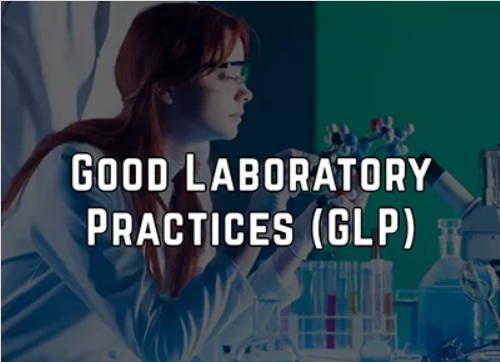How to Deal with Bad Results Under GLP
🎤 Dr. John C. Fetzer | 📅 March 23, 2023 | 🕒 11 AM Eastern Time US
Why You Should Attend:
There are many causes for a bad result. The main symptom is a result outside is +/- 3 sigma. This is a GLP non-compliance event. A root-cause / failure analysis must be done. What are the steps? There are both immediate in-laboratory and outside-of-laboratory steps.
When there is a non-compliant result, immediate steps involve both the laboratory personnel and management. Internally, a review of the specific conditions for the bad result must be assessed. This includes checking control charts to see if trends in performance occurred. All logbooks and recordkeeping related to that analysis must be examined carefully. An initial report to the lab manager is made. Meanwhile, all regular operations of that method must stop and customers must be informed.
Root-cause teams are set up to assess the preliminary assessment as well as control charts and other operational data to see if a cause is clearly shown. The timing of the non-compliance is compared to these records.
The closure is done by issuing a root-cause report with corrective actions. Revalidation is done. Customers are informed.
There are also several types of situations for a laboratory operating under Good Laboratory Practices (GLP) where assessing whether results are acceptable and must be used or unacceptable can be ignored. Results with blunders, the possibility of outliers, and other questionable results can be tricky and a source of serious non-compliance events. Blunders are the easiest type of bad result. Documenting blunders must be done thoroughly, though. Outliers are more problematic but can be clearly dealt with. Outlier testing is crucial.
Areas Covered in the Session:
- The non-compliance event
- Review of documents and control charts
- Synchronization of the event to laboratory operations Blunders
- Outliers and outlier testing
Who Should Attend:
- Analysts
- Lab Supervisors and Managers
- QA Managers and Personnel
- Consultants
- Validation Specialists
- Chemists


